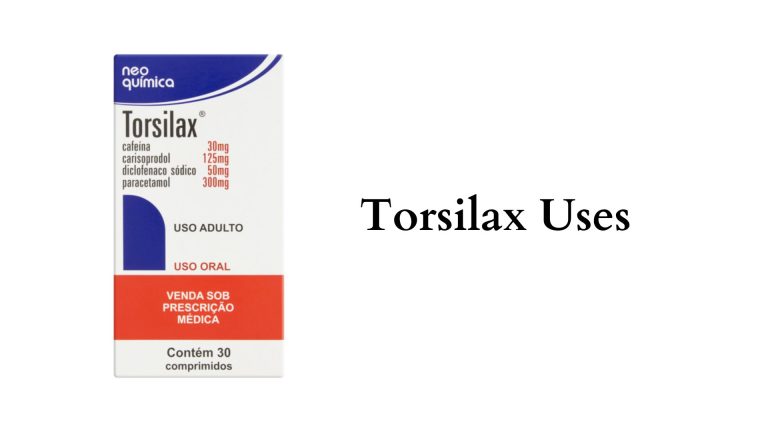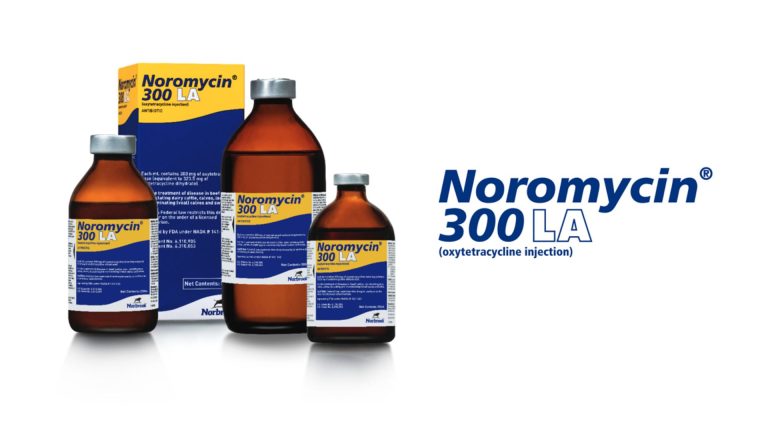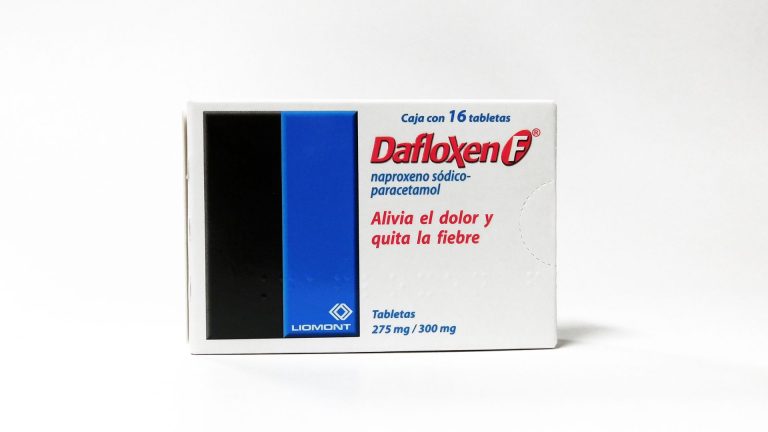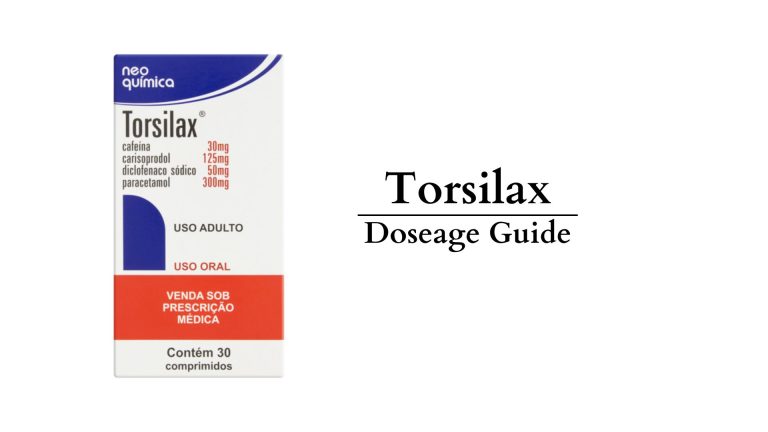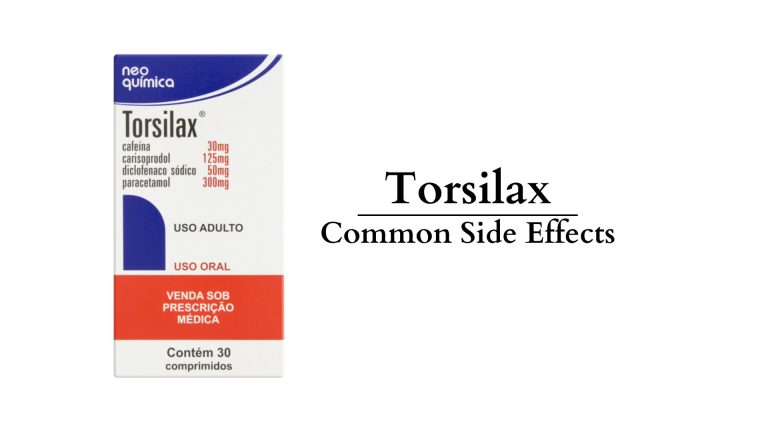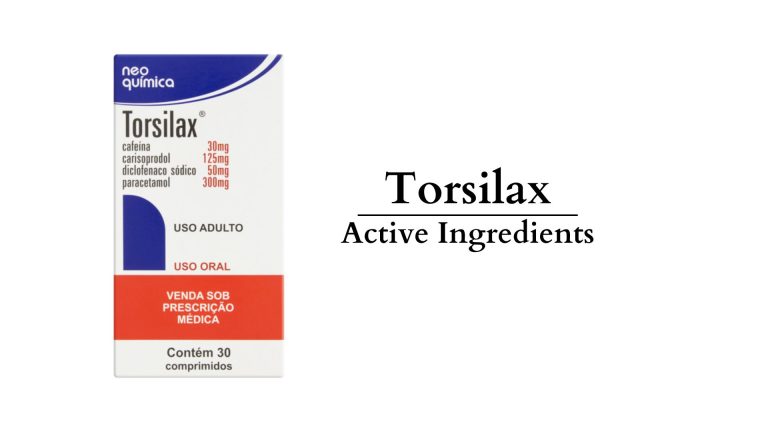Tafirol Flex Capsules with Paracetamol Side Effects & Dosage
Understanding the side effects of any medication is crucial to managing your health effectively. Tafirol Flex, a medication that combines chlorzoxazone and paracetamol, is commonly prescribed to relieve pain and muscle spasms. While it can be an effective part of a treatment regimen, it is essential to be aware of the potential side effects and how they can impact your well-being. This article provides an in-depth look at the side effects associated with Tafirol Flex capsules, offering insights into how it interacts with other medications, its dosage implications, and navigating treatment. Also know about Black Beauties.
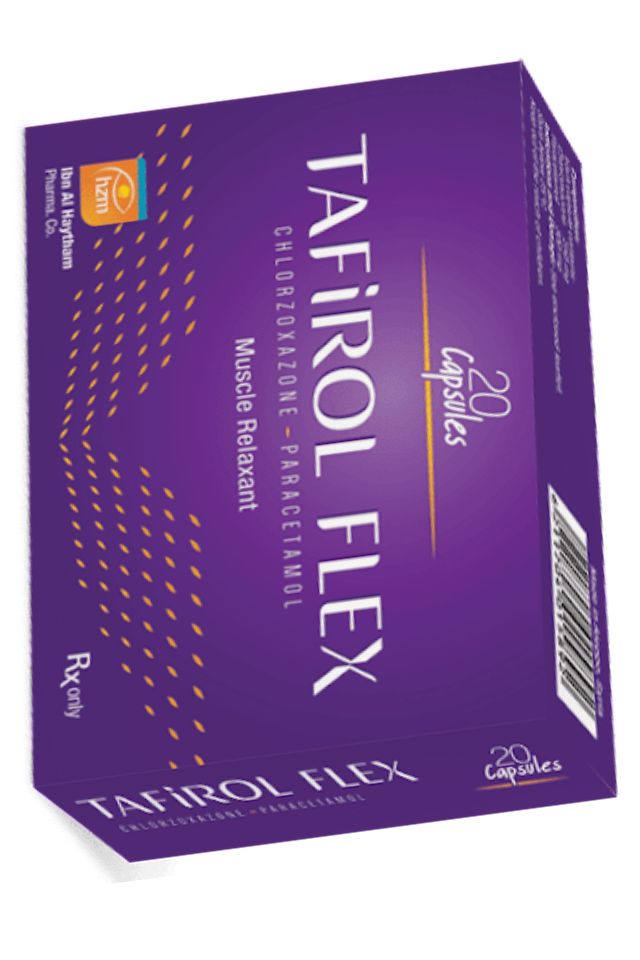
Common Side Effects of Taking Tafirol Flex With Paracetamol
When taking Tafirol Flex, immediate side effects may include headache and fever, although these are generally mild and transient. These initial reactions can be an indication of the body adjusting to the medication. Adverse effects such as dizziness, stomach upset, or drowsiness may also occur when using this medication or taking chlorzoxazone. It’s important to closely monitor these symptoms and communicate with your healthcare professional if they persist or worsen.
Long-Term Risks of Continuous Use
Continuous use of Tafirol Flex may lead to more serious side effects, such as liver damage due to the paracetamol component, or increased susceptibility to muscle weakness. Such long-term side effects underscore the importance of only using the medication as prescribed. If you or someone you love is using this medication for an extended period, it’s essential to have regular doctor visits to monitor liver function and overall muscle health.
Comparing Side Effects With Other Muscle Relaxants
Comparatively, Tafirol Flex may present fewer adverse effects than other muscle relaxants, making it a preferred choice for some patients. However, as with any medication, individual reactions can vary. Chlorzoxazone, used to treat skeletal muscle conditions, should be coupled with physical therapy to maximize benefits while mitigating the risk of adverse effects not listed that may occur. The balance of effectiveness against side effects is a crucial consideration in the decision to prescribe this treatment option.
How Does The Interaction Between Tafirol Flex And Other Medications Affect You?
Interactions may occur when Tafirol Flex is taken alongside over-the-counter (OTC) drugs. It is important to consult your doctor or dentist before combining it with other medications. Such interactions may affect the drug’s efficacy or lead to side effects that were not anticipated. If you’re taking chlorzoxazone, ensure you disclose all OTC medications you’re currently on to your healthcare provider.
Prescription Medications And Tafirol Flex (A Risky Combination?)
Similarly, prescription drug interactions with Tafirol Flex can have significant implications. Depending on the medication, the combination may necessitate an adjustment to your dose, or in some cases, it may be necessary to find an alternative treatment plan. Always disclose your current prescription medications to your healthcare professional when discussing Tafirol Flex to avoid adverse effects.
Herbal Supplements And Tafirol Flex Interactions
Even herbal supplements may have interactions with Tafirol Flex, which is why it’s crucial to discuss any supplements you’re taking with your healthcare provider. Although they are natural, supplements can still significantly impact how your body responds to Tafirol Flex. Following guidance from your healthcare professional is key in preventing potential adverse interactions.
Understanding Tafirol Flex Dosage And Its Implications
The optimal dose of Tafirol Flex varies across different age groups and largely depends on the severity of the condition being treated. Generally, it is administered orally, and the mg dosage is tailored to the individual’s needs. Adhering to the prescribed dosage is critical to prevent overdose or underdose, which could have significant consequences on the treatment’s effectiveness and safety.
Adjusting Your Dose (When And Why?)
There may be instances where adjusting your dose of Tafirol Flex is necessary. Factors such as unexpected side effects, interaction with other medications, or changes in your condition may indicate that a dosage adjustment is needed. Such decisions should only be made under the guidance of a healthcare professional to ensure the safety and effectiveness of your treatment.
What Happens In Case of An Overdose?
In the event of an overdose on Tafirol Flex, immediate medical attention is required. Symptoms of an overdose can vary but may include severe dizziness, fainting, or prolonged nausea. Overdosing on paracetamol, a component of Tafirol Flex, can cause severe liver damage, emphasizing the importance of adhering to the prescribed dosage. Individuals are advised to contact healthcare professionals or the FDA at 1-800-FDA-1088 to report such incidents and receive the necessary guidance.
Navigating Through The Tafirol Flex And Paracetamol Treatment Period
It is important to set realistic expectations for recovery when undergoing treatment with Tafirol Flex and Paracetamol. While these medications can help relieve pain and relax muscles, they may not provide immediate relief. It’s crucial to maintain open communication with your healthcare provider to gauge the treatment’s effectiveness and make any necessary adjustments.
Monitoring Your Progress And Side Effects
Throughout your treatment, keeping a detailed log of your progress and any side effects you experience is beneficial. This information is invaluable for your healthcare team to ensure that Tafirol Flex is the right medication for you and to adjust the treatment plan if necessary. Remember, reporting major side effects to your healthcare professional is essential for managing both your condition and the treatment’s side effects.
When To Seek Medical Advice During Your Treatment?
If you experience adverse effects that concern you or if your symptoms significantly worsen while taking Tafirol Flex, it’s crucial to seek medical advice immediately. Contact your healthcare provider to discuss your symptoms and whether continuing with Tafirol Flex is advisable. In some cases, you may be directed to stop taking the medication and seek alternative treatments.
Everything You Need To Know About Tafirol Flex And Its Side Effects
Tafirol Flex, due to its components, is not typically recommended for long-term treatment without careful oversight from a healthcare professional. Long-term use can lead to complications such as liver damage or dependency. Always follow your doctor’s guidance regarding the duration of use.
How Does Tafirol Flex Compare With Pure Paracetamol Treatment?
Tafirol Flex offers the advantage of both paracetamol for pain relief and chlorzoxazone as a muscle relaxant. This combination may be more effective in treating conditions involving both pain and muscle spasms compared to using paracetamol alone. However, the addition of chlorzoxazone introduces additional considerations, such as the potential for muscle weakness or liver issues over long-term use.
Are There Any Lifestyle Changes That Can Minimize Side Effects?
Incorporating lifestyle changes such as a healthy diet, regular physical activity, and avoiding alcohol can help minimize the side effects associated with Tafirol Flex. Such practices support overall health and can enhance your body’s ability to tolerate the medication, thereby reducing the risk of adverse effects. Discussing these strategies with your healthcare provider can offer further personalized guidance.

